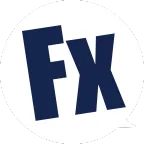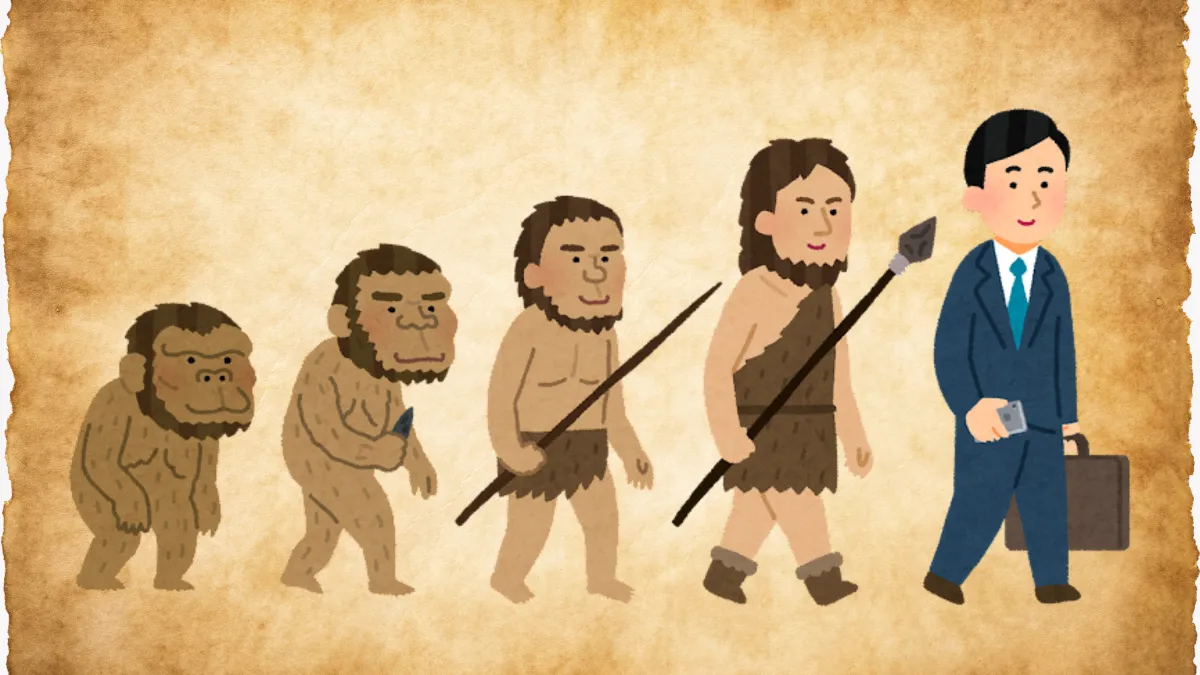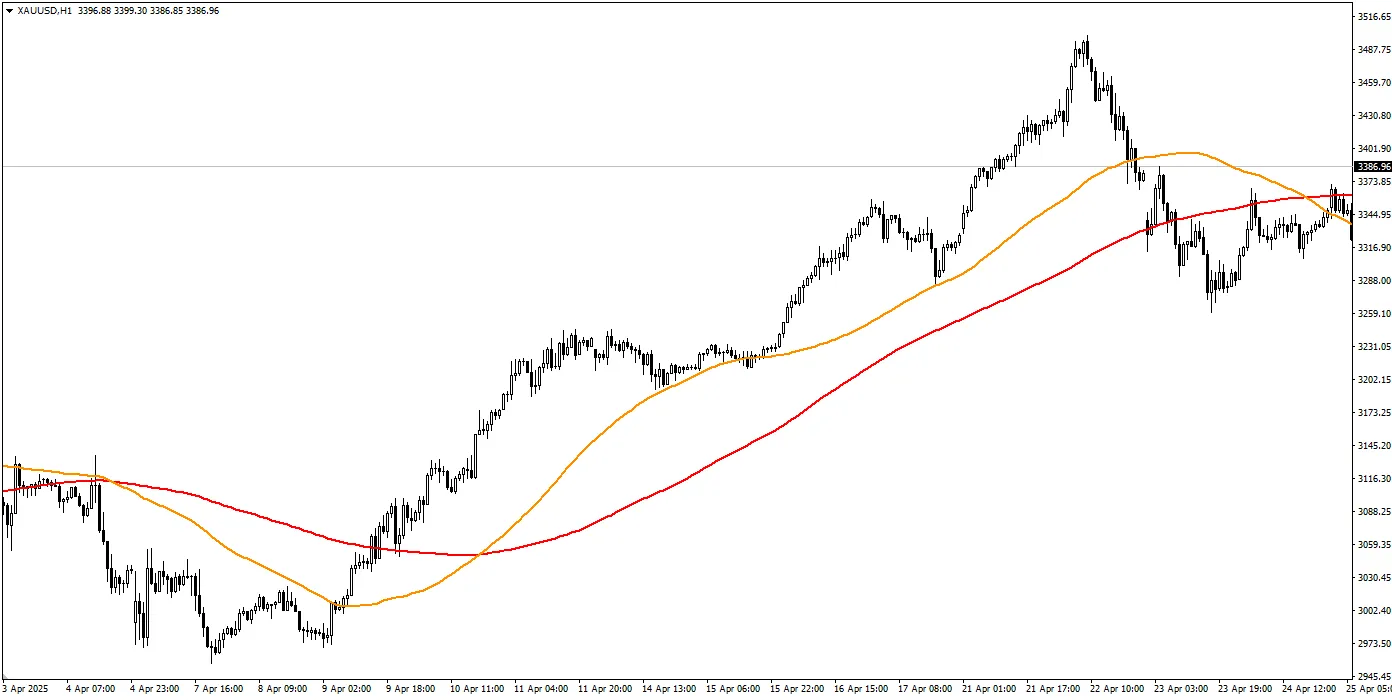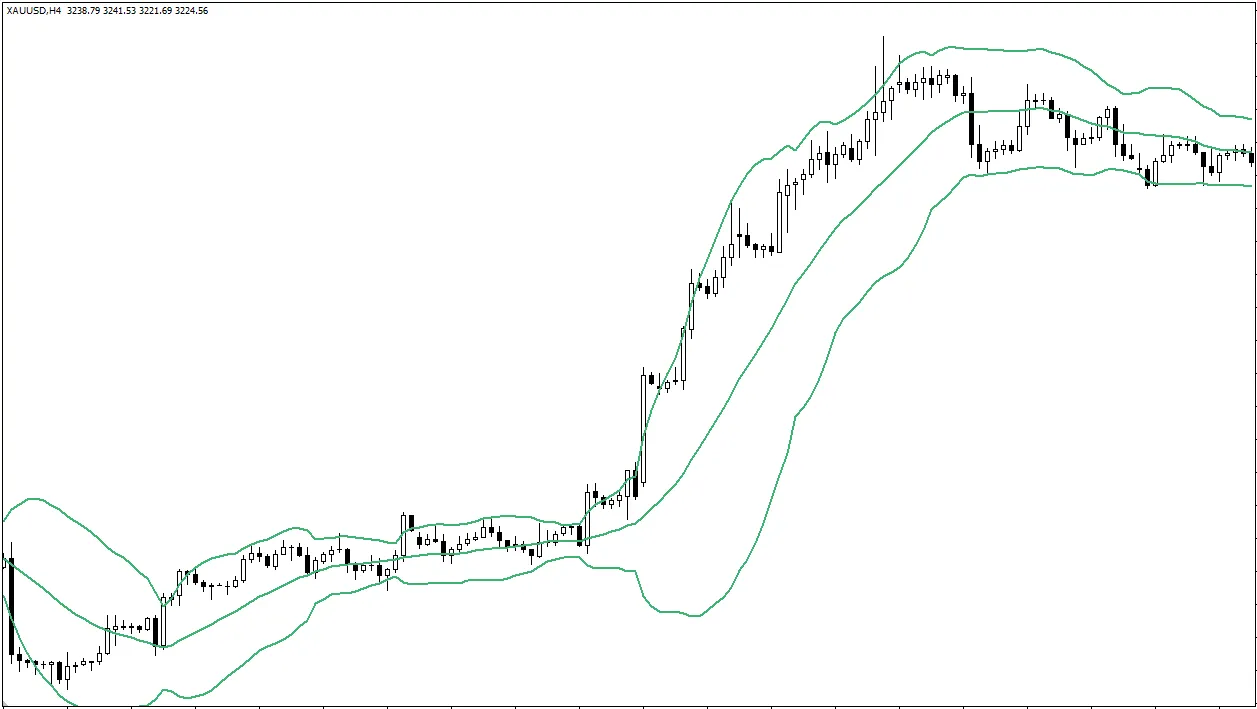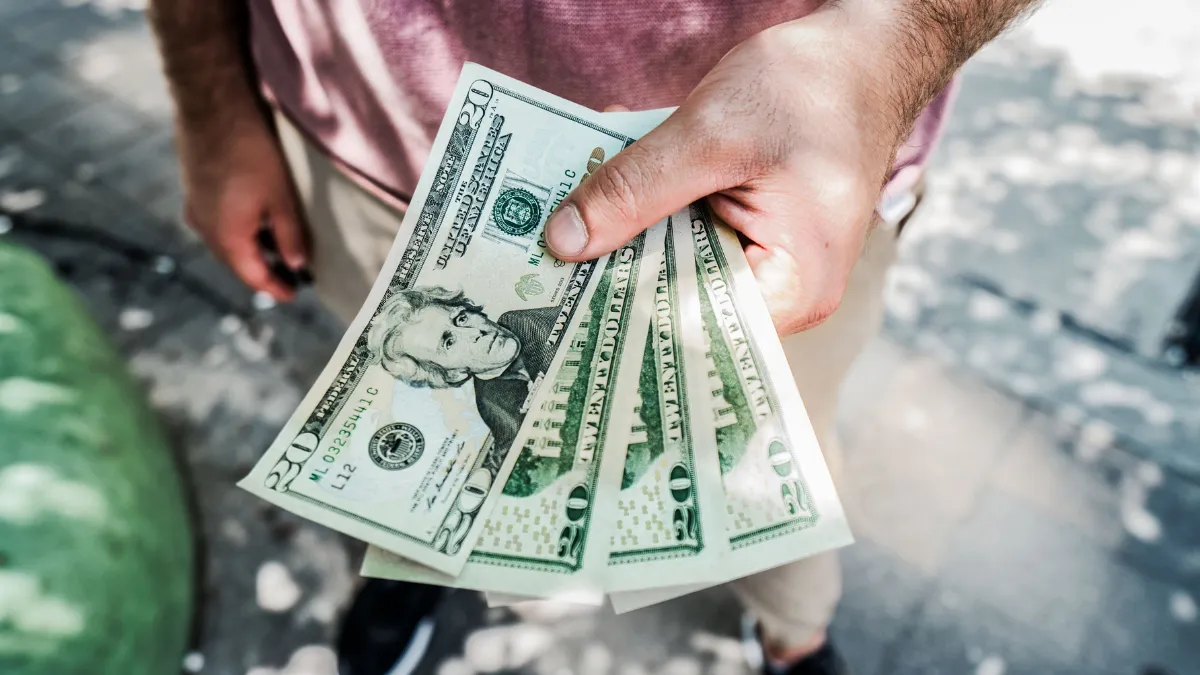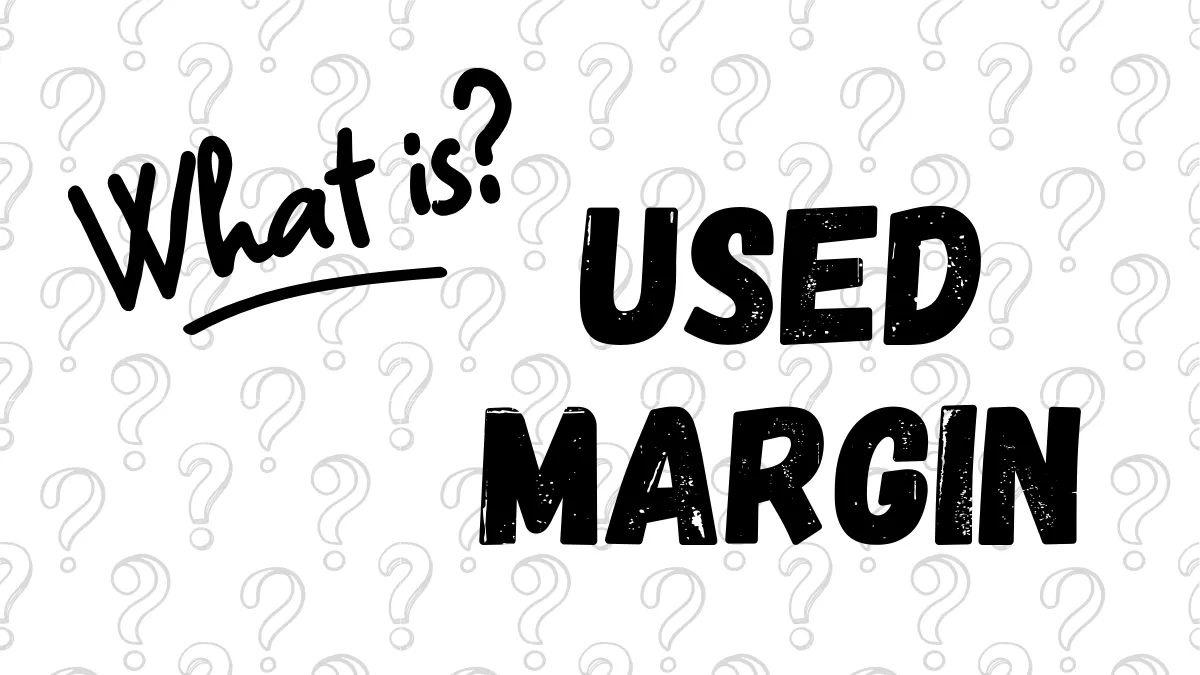Understanding Retail Forex History: The Evolution of the Retail Forex Market
The history of the retail forex market is relatively short, but its development process is filled with technological innovations and market changes. With the popularity of the internet and the emergence of trading platforms, individual investors can now easily participate in this largest financial market in the world. Understanding the history of retail forex helps us better understand the formation, growth, and future development direction of this market.
1. Early History of the Forex Market
Before the 1970s, the forex market was basically limited to transactions between central banks and large financial institutions. At that time, the currency system was constrained by the Bretton Woods system, where currencies were pegged to the US dollar, and the dollar was pegged to Gold, which made currency exchange rates relatively stable with small fluctuations. Individual investors were almost unable to participate in forex trading.
2. The Collapse of the Bretton Woods System and the Emergence of Floating Exchange Rates
In 1971, US President Nixon terminated the dollar's convertibility to Gold, marking the collapse of the Bretton Woods system. Subsequently, the world entered the era of floating exchange rates, where the value of currencies began to fluctuate freely based on market supply and demand. This change prompted the gradual development of the forex market, with exchange rate fluctuations providing more trading opportunities for investors. However, forex trading during this period was still mainly dominated by financial institutions and large corporations.
3. The Rise of Electronic Trading Platforms
It wasn't until the 1990s that the retail forex market truly began to rise. The rapid development of internet technology led to the birth of online trading platforms (such as MetaTrader and cTrader), providing individual investors with unprecedented market access opportunities. Previously, only large institutions could trade through the interbank market, but with the popularity of electronic trading, individual investors could also easily participate in the forex market and engage in leverage trading with small amounts of capital through brokers.
4. The Introduction of Brokers and Leverage Trading
Another key development in the retail forex market is the popularization of leverage trading. Brokers began to offer leverage trading, allowing investors to control larger amounts of capital with less capital, significantly increasing the market's attractiveness and trading volume. For example, many brokers offer leverage of 1: 100 or 1: 500, meaning that an investor only needs to invest $1,000 to control $100,000 in funds. This model greatly lowered the barriers to entry into the forex market, attracting a large number of retail traders to participate.
5. Globalization of the Retail Forex Market
With the expansion of online brokers and trading platforms, the retail forex market rapidly globalized. Today, investors from around the world can participate in forex trading through online platforms, no longer limited by geographical constraints. Moreover, the globalization of the market has made forex trading no longer an exclusive activity of developed countries, with an increasing number of investors from developing countries participating as well.
6. Strengthening of Forex Regulation
As the retail forex market expanded, regulatory agencies around the world began to impose stricter regulations on the market. For example, the US Commodity Futures Trading Commission (CFTC) and the National Futures Association (NFA), as well as the European Securities and Markets Authority (ESMA) in Europe, began to implement stricter capital requirements and transparency regulations for forex brokers. The purpose of these regulatory measures is to protect investors and prevent fraudulent activities.
7. The Rise of Automated Trading and Algorithmic Trading
With continuous technological advancements, automated trading and algorithmic trading have become increasingly popular in the retail forex market. Many investors use trading robots or write automated trading systems that allow computer systems to execute trades automatically when the market reaches specific conditions. This technological innovation further boosts market activity while also changing traditional trading methods.
8. The Popularization of Mobile Trading and Social Trading
Entering the 21st century, mobile trading and social trading have become two major trends in the retail forex market. Smartphone applications allow investors to trade forex anytime and anywhere, while social trading platforms enable investors to follow the trading strategies of other traders and learn from their investment decisions. These technologies further lower the barriers to forex trading and attract more novice investors.
Conclusion: The Future of the Retail Forex Market
Although the history of the retail forex market is short, it has developed rapidly. From the collapse of the Bretton Woods system in the 1970s to the rise of electronic trading platforms in the 1990s, and now to the automation and social trading of today, the retail forex market has become an important component of the global financial market. With continuous technological advancements, the future retail forex market will continue to evolve and develop, providing individual investors with more opportunities and challenges.
Hi, We are the Mr.Forex Research Team
Trading requires not just the right mindset, but also useful tools and insights.Here, we focus on Global Broker Reviews, Trading System Setup (MT4 / MT5, EA, VPS), and Forex Trading Basics.
We personally teach you to master the "Operating Manual" of financial markets, building a professional trading environment from scratch.
If you want to move from theory to practice:
- Help share this article to let more traders see the truth.
- Read more articles on Broker Tests and Forex Education.
